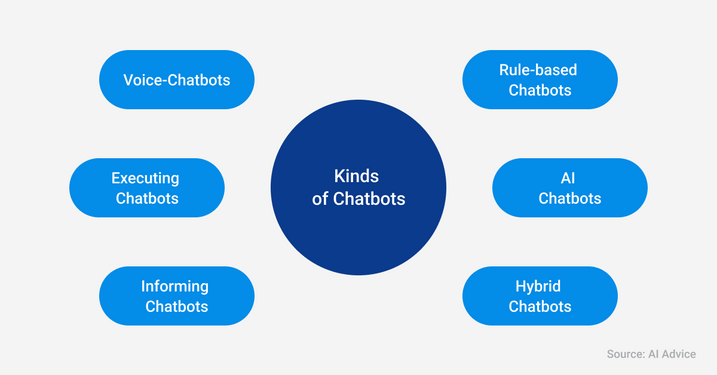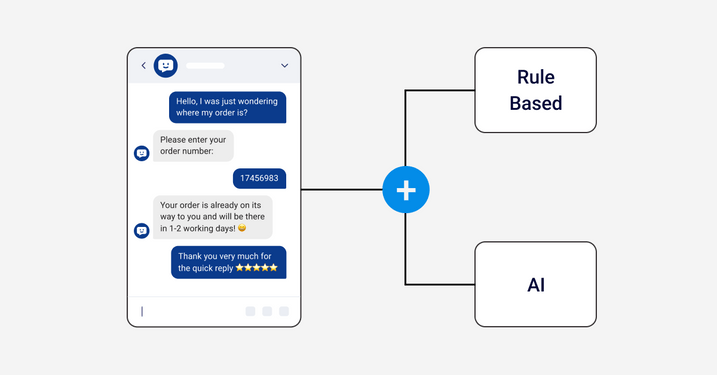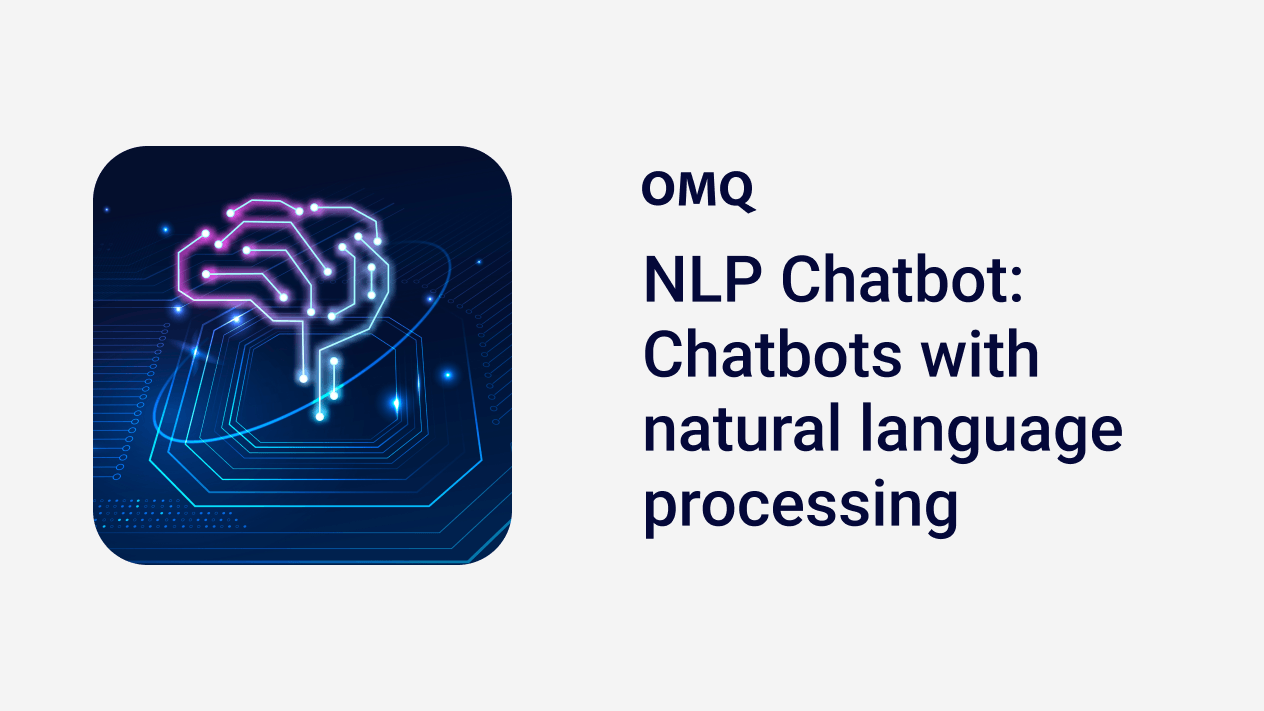Chatbot
What are Hybrid Chatbots?
Discover the world of hybrid chatbots and learn how combining AI and rule-based systems can deliver efficient and personalized customer experiences.

In today’s digital world, language models have become an essential component of technology. But what exactly does the term “language model” mean?
This article provides a comprehensive answer by examining the definition, functioning, types, and applications of language models.
Definition of Hybrid Chatbots
Hybrid chatbots merge rule-based systems with machine learning and artificial intelligence (AI) to provide versatile and effective conversational experiences.

Overview of the different types of chatbots.
They use rule-based components to handle common queries while leveraging machine learning (ML) and natural language processing (NLP) to understand and generate human-like responses.
How Do Hybrid Chatbots Work?
Hybrid chatbots operate through the integration of two main components:
-
Rule-Based Components: These rely on predefined rules, making them ideal for addressing specific, clearly defined queries.
-
AI and ML Components: These enable understanding and generating human language, recognizing user intent, and extracting entities.

Simplified illustration of how hybrid chatbots work.
By employing intent recognition, entity extraction, fallback mechanisms, and continuous learning, hybrid chatbots can manage diverse communication modes.
Key Features of Hybrid Chatbots
The essential features of hybrid chatbots include:
- Intent and Entity Recognition: Crucial for understanding user goals and extracting precise information.
- Fallback Mechanisms: Provide responses for ambiguous or complex queries.
- Human Handover and Multimodal Capabilities: Ensure smooth transitions to human agents and support various communication methods.
Benefits of Hybrid Chatbots
Implementing hybrid chatbots offers numerous advantages:
- Versatility and Efficiency: They manage a wide range of tasks, automate routine processes, and reduce response times.
- 24/7 Availability and Consistency: Deliver continuous service with reliable information.
- Scalability and Cost Efficiency: Handle multiple interactions simultaneously, reducing operational costs.
- Personalization: Tailor interactions based on user data, enhancing customer satisfaction.

Hybrid Chatbots in Customer Service.
Building and Implementing Hybrid Chatbots
To develop a successful hybrid chatbot, follow these steps:
- Identify use cases.
- Choose a development platform.
- Define the conversation flow.
- Implement rule-based and AI approaches.
- Train and refine the chatbot.
- Striking a balance between rule-based strategies and AI, while ensuring compliance standards, is essential.
Future Trends in Hybrid Chatbots
With advancements in natural language understanding and multimodal capabilities, hybrid chatbots are expected to grow in significance. This evolution will enhance automation and seamless human-AI collaboration.
Conclusion
Hybrid chatbots represent a powerful integration of rule-based systems and AI-driven technologies. They deliver significant benefits across industries by enhancing user experiences and operational efficiency. Businesses should stay informed about technological advancements to fully unlock the potential of hybrid solutions.

